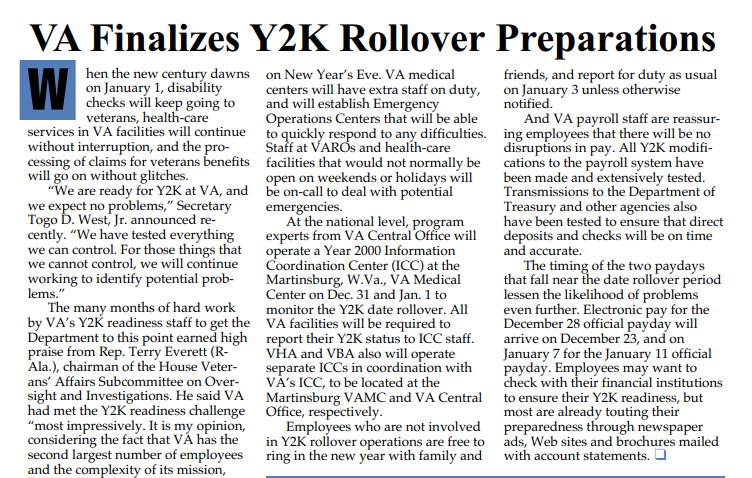
Featured Stories
Dr. Philip Matz: A Pioneer in VA Medical Research
After World War I and the establishment of the Veterans Bureau, one of the key focuses was developing a research program.
The intent was to have the necessary statistical studies and research information to help the Bureau treat Veterans not just from World War I but all future conflicts.
The man chosen to lead this task was Dr. Philip Matz, and his work was groundbreaking in the future of Veteran healthcare.

History of VA in 100 Objects
Object 87: Shoulder Patch For Veterans Administration Military Personnel in World War II
For a time during and after World War II, active duty military personnel were assigned to the Veterans Administration.
That assignment was represented by a blue circle with a golden phoenix rising from the ashes. This was the shoulder patch worn by the more than 1,000 physicians, dentists, and other medical professionals serving in the U.S. Army at VA medical centers.
This was the same patch worn by Gen. Omar Bradley during his time as VA administrator after the war concluded.
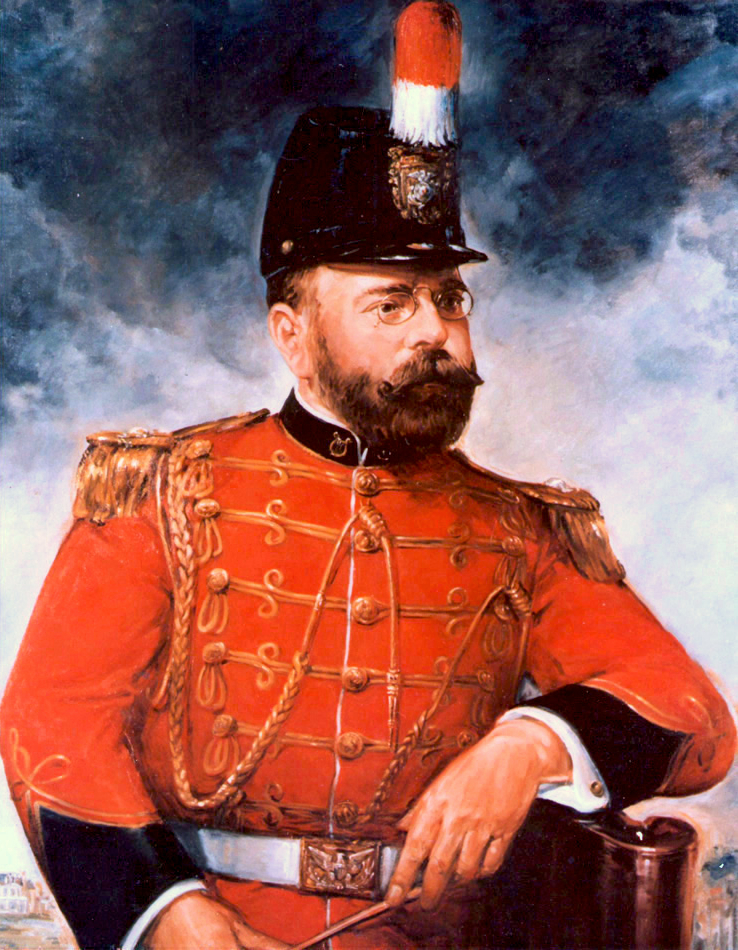
Featured Stories
John Philip Sousa and “Stars and Stripes Forever”: A Christmas Story
U.S. Marine Corps Veteran John Philip Sousa was crossing the Atlantic on an ocean liner on Christmas Day 1896 when the tune for “Stars and Stripes Forever” popped into his head. Within months, Sousa had composed what would become the defining song for the American flag and patriotism, a testament to how Veterans love their nation and think of home during the holidays.
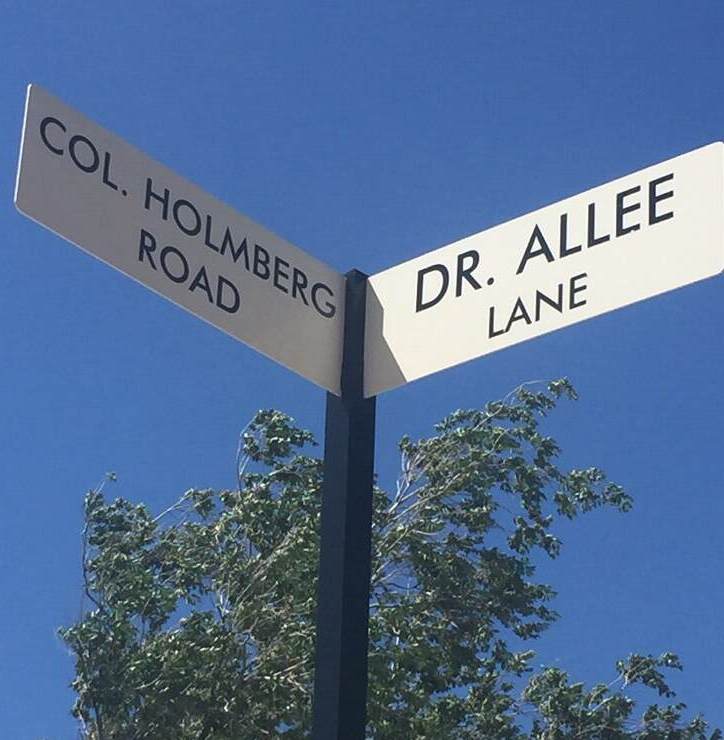
Featured Stories
The Historic Streets of the VA Medical Center in Prescott, Arizona
Ever wonder where some historic street names come from? That's the question that pops up at the VA Medical Center in Prescott, Arizona. Multiples names are displayed on white signs, such as Holmberg, Allee and Whipple. Who are they? Dive in and find out.
History of VA in 100 Objects
Object 84: Gettysburg Address Tablet
President Abraham Lincoln is one of the most revered figures in American history. Rankings of U.S. presidents routinely place him at or near the top of the list. Lincoln is also held in high esteem at VA. His stirring call during his second inaugural address in 1865 to “care for him who shall have borne the battle and for his widow and his orphan” embodies the nation’s promise to all who wear the uniform, a promise VA and its predecessor administrations have kept ever since the Civil War.
Ever since Lincoln first uttered those memorable words in November 1863, the Gettysburg Address has been linked to our national cemeteries. In 1908, Congress approved a plan to produce a standard Gettysburg Address tablet to be installed in all national cemeteries in time for the centennial of President Lincoln’s birth on February 12, 1909.
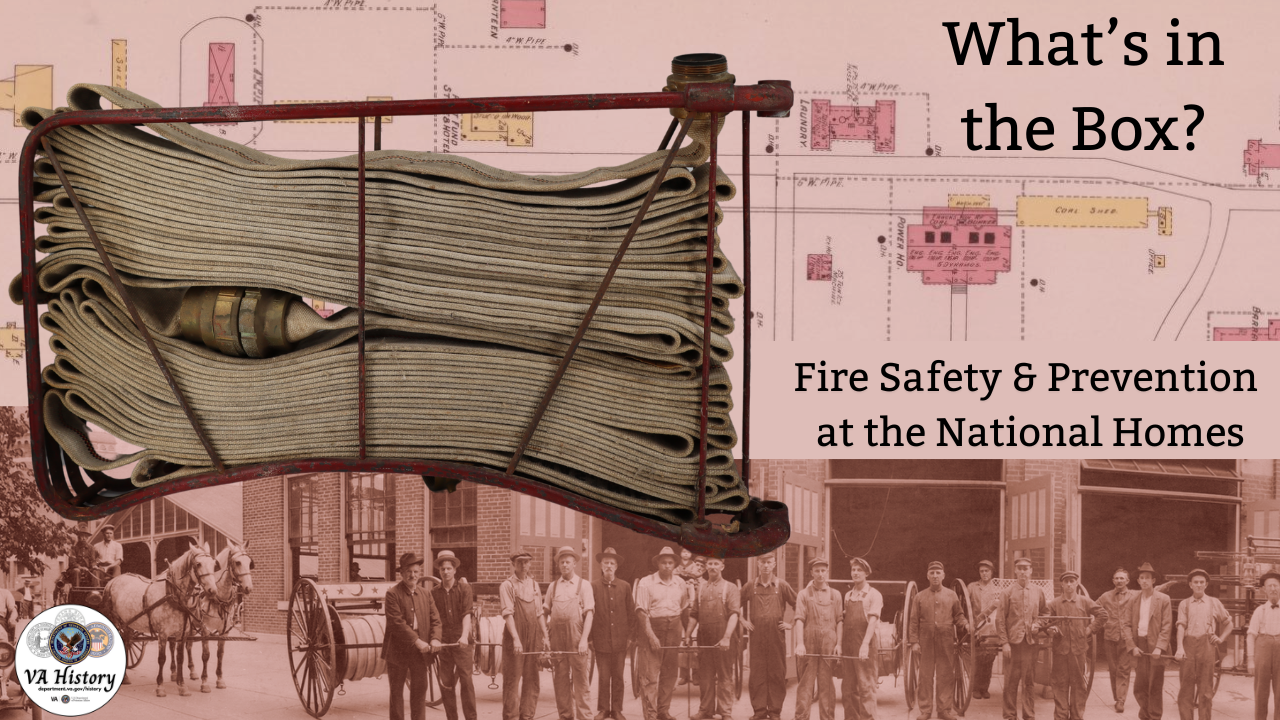
Curator Corner
What’s in the Box? Fire Safety and Prevention at the National Homes
Fire safety may not be the first thing that comes to mind when thinking about Veteran care, but during the National Home for Disabled Volunteer Soldiers period (1865-1930), it was a critical concern. With campuses largely constructed of wooden-frame buildings, housing thousands of often elderly and disabled Veterans, the risk of fire was ever-present. Leaders of the National Homes were keenly aware of this danger, as reflected in their efforts to establish early fire safety protocols.
Throughout the late 19th century, the National Homes developed fire departments that were often staffed by Veteran residents, and the Central Branch in Dayton even had a steam fire engine. Maps from this era, produced by the Sanborn Map Company for fire insurance purposes, reveal detailed records of fire prevention equipment and strategies used at the Homes. These records provide us with a rare glimpse into evolving fire safety measures in the late 19th and early 20th Century, all part of a collective effort to ensure the well-being of the many Veterans living there.
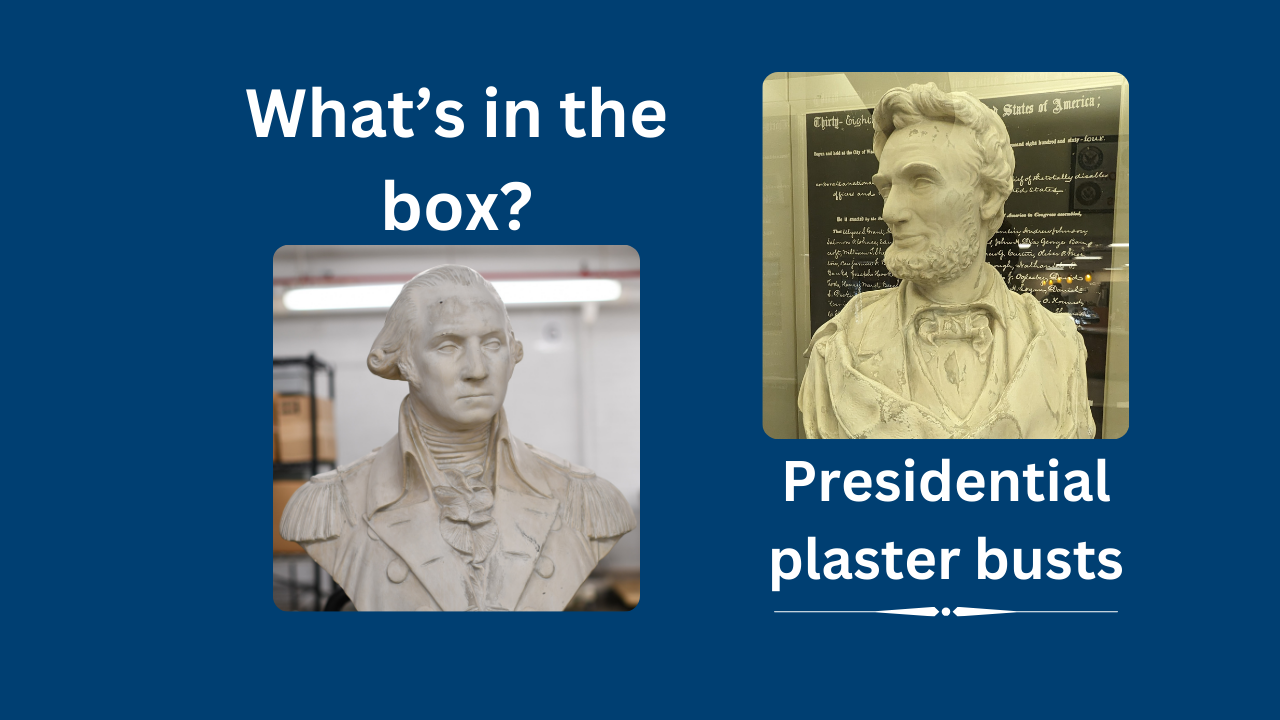
Curator Corner
What’s in the Box? A Pair of Plaster Presidential Busts
Presidents George Washington and Abraham Lincoln are among the most easily recognizable figures in American history. Their faces are symbols of wisdom, strength, and leadership. Even today, polls consistently rank them as the greatest or most successful presidents. With that in mind, it is unsurprising that the appreciation of these legendary statesmen has deep historic roots. In honor of their birthdays, our team at the National VA History Center explored those roots through this pair of plaster busts.

History of VA in 100 Objects
Object 36: President Clinton’s Fiftieth Anniversary of V-J Day Speech at The National Memorial Cemetery of The Pacific
The scarcity of presidential appearances at VA cemeteries makes President Clinton’s speech at the National Memorial Cemetery of the Pacific, more popularly known as the Punchbowl, on September 2, 1995, particularly noteworthy.

History of VA in 100 Objects
Object 8: Public Law 79-293, The Department of Medicine And Surgery Act, 1946
On January 3, 1946, President Harry Truman established the forerunner of today’s Veterans Health Administration when he signed Public Law 79-293, creating the Department of Medicine and Surgery within the Veterans Administration.
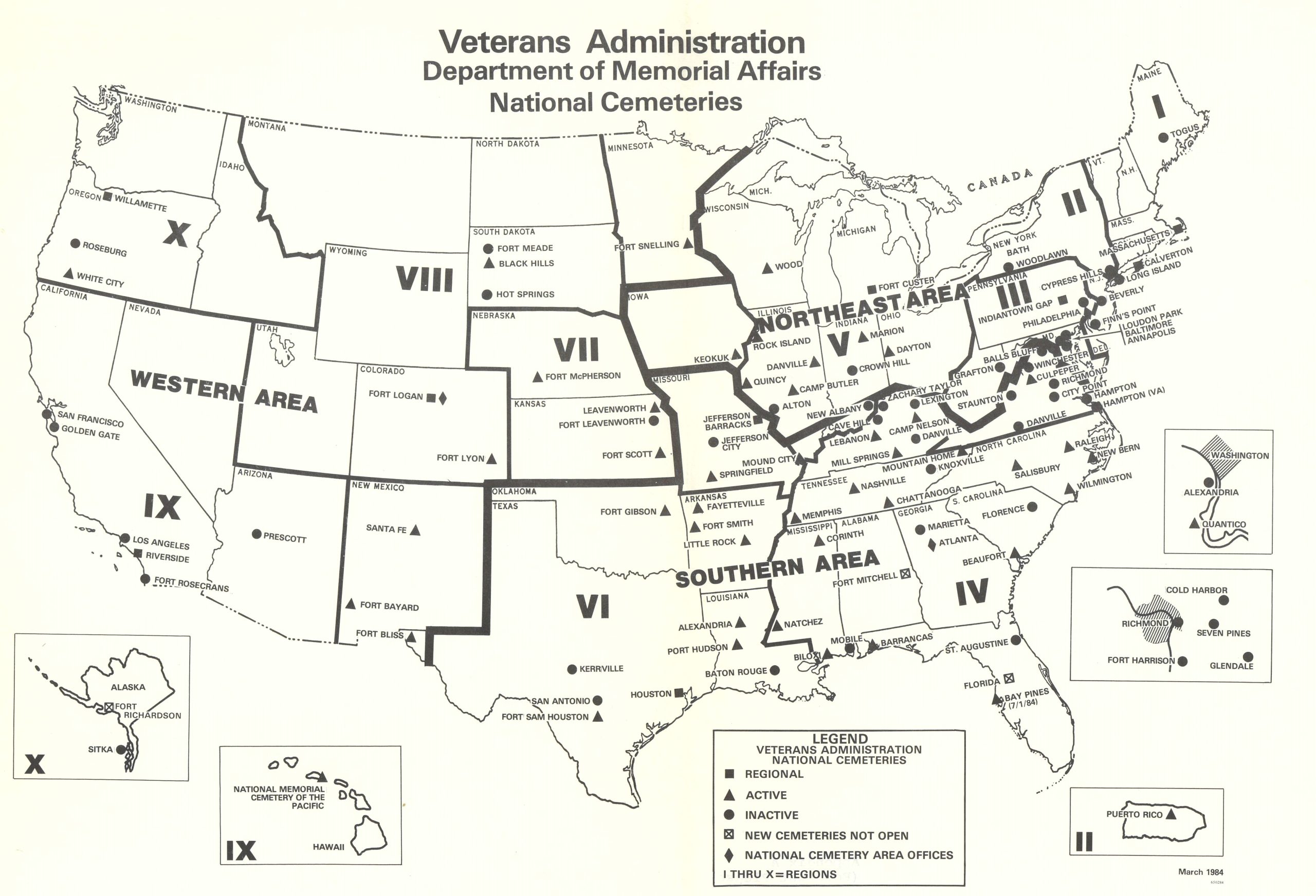
Featured Stories
1973 – National Cemetery System Joins VA
On September 1, 1973, the Veterans Administration (VA) became the steward of 103 national cemeteries, 22 soldiers’ and government lots in private cemeteries, 7 Confederate cemeteries, and 3 monument sites with the absorption of the National Cemetery System. It also took responsibility for the procurement of government headstones and markers for eligible veterans. VA was now in the cemetery service.
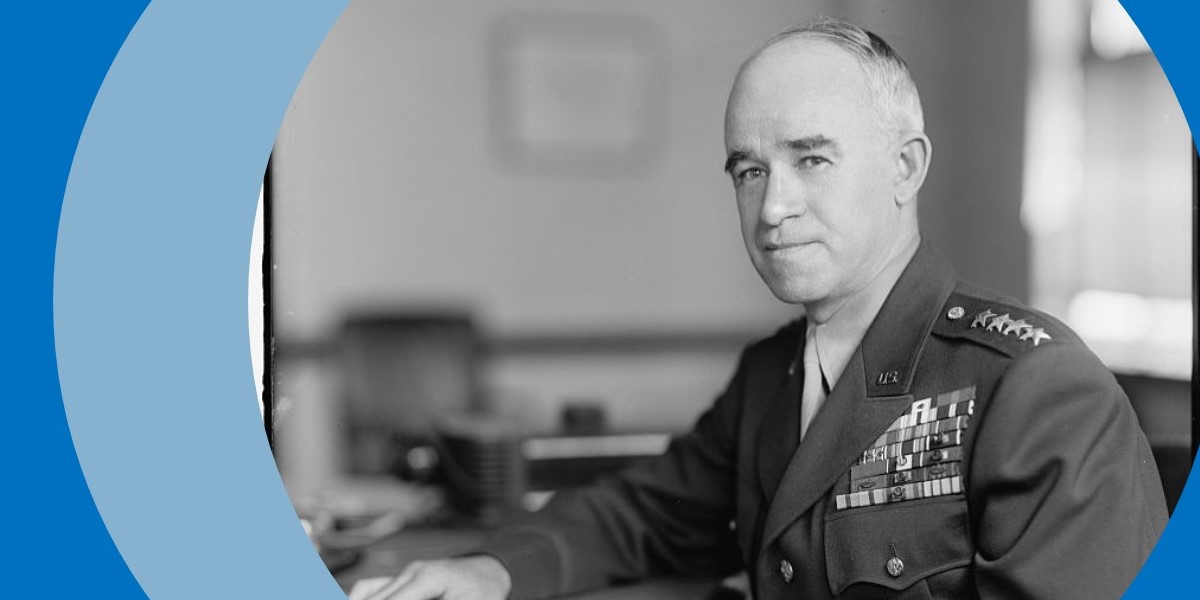
Featured Stories
General Omar Bradley And The Remaking of The Veterans Administration
Soon after World War II concluded, Gen. Omar Bradley, fresh off relinquishng command of the U.S. Army's Twelfth Army Group, was given a critical mission back stateside - take charge of the Veterans Adminsitration and prepare to support the millions of Veterans coming back home.


